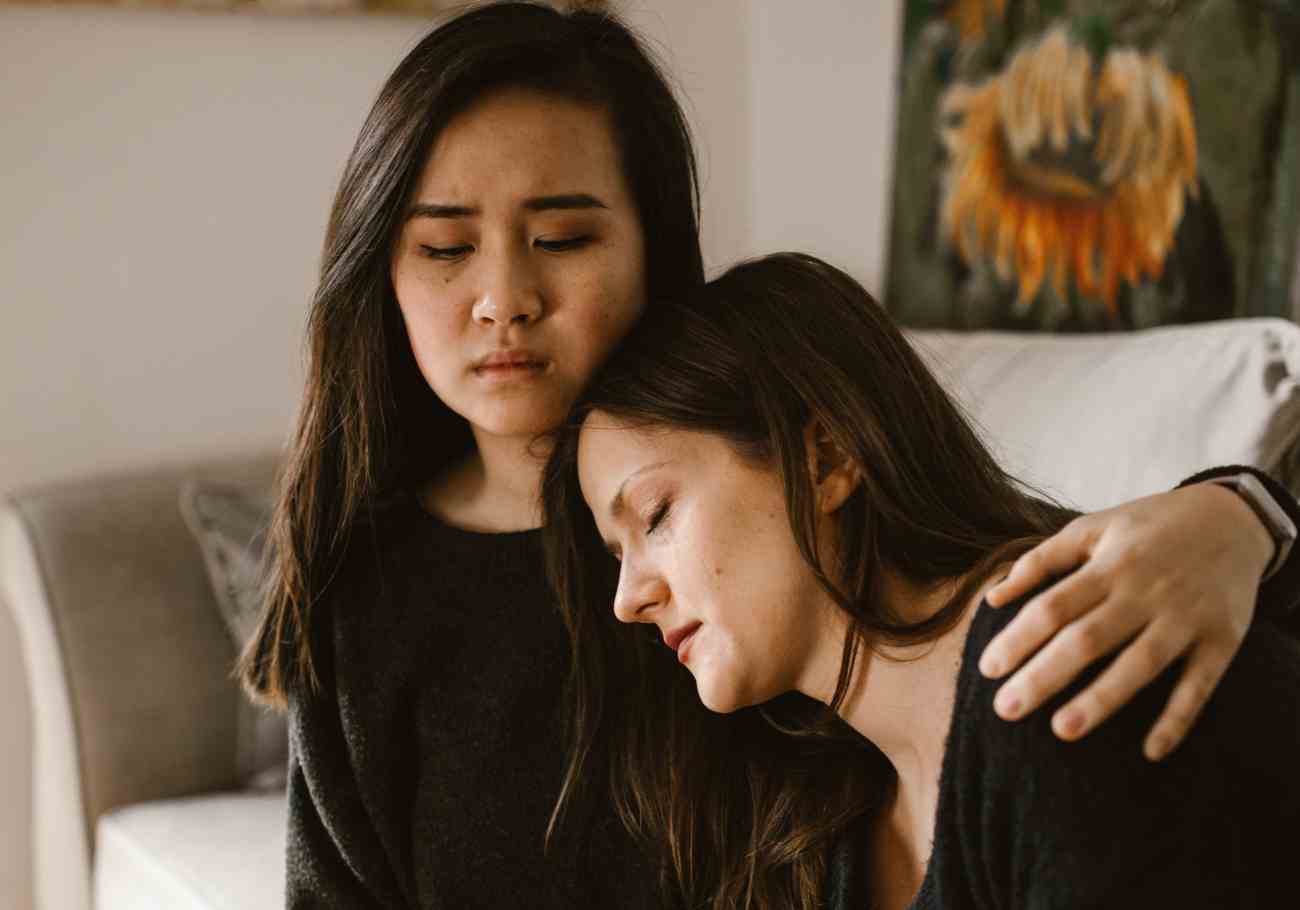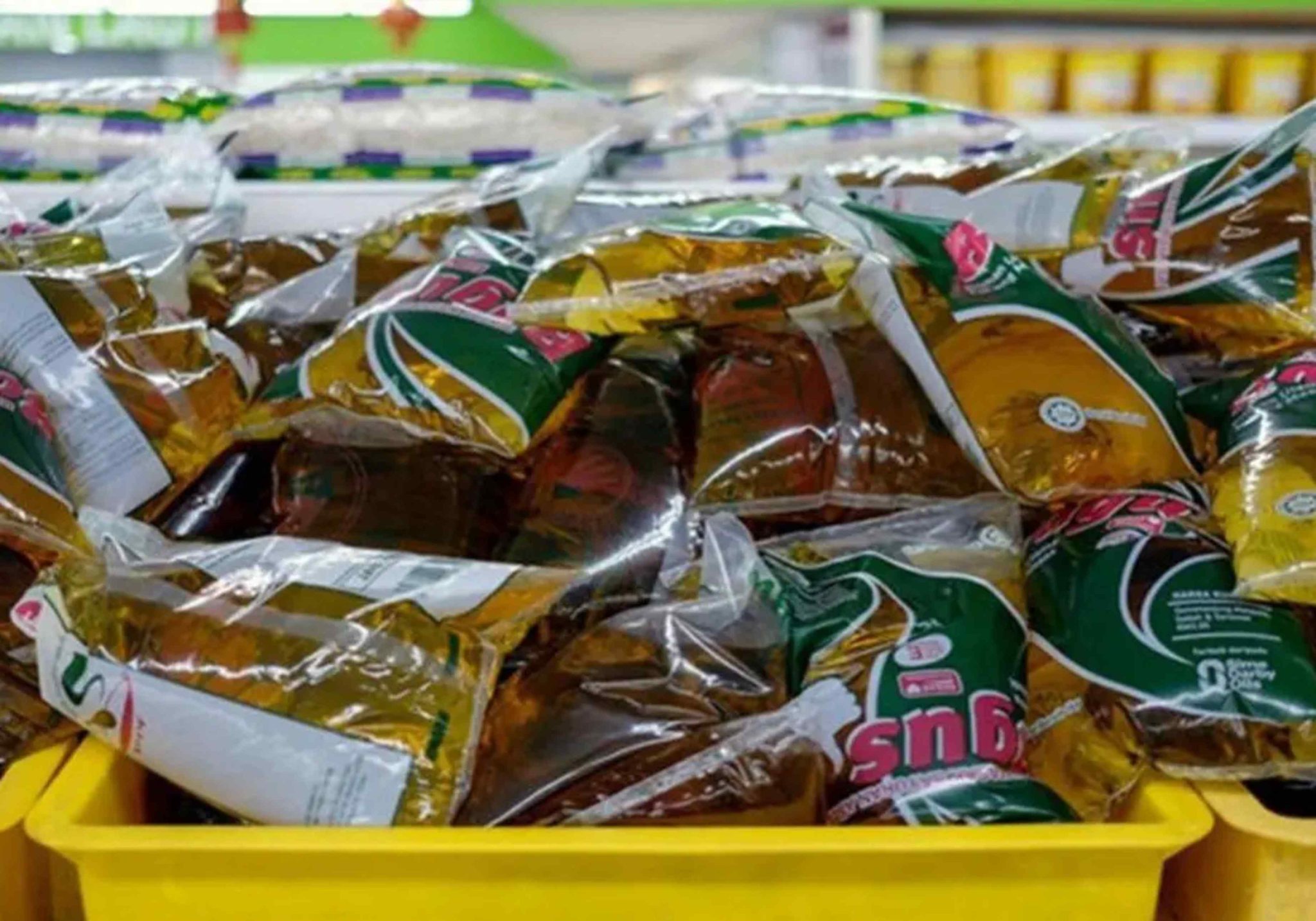
The saying “once bitten, twice shy,” or more aptly, “once beaten, twice shy,” often relates to cases of Intimate Partner Violence (IPV), Domestic Violence (DV), and Gender-Based Violence (GBV), terms used interchangeably.
Violence between individuals in close relationships is often met with silence, particularly in conservative societies where preserving reputation or “face-saving” takes precedence over well-being. Despite IPV’s detrimental effects, it’s commonly viewed as a private matter by both society and authorities.
Dispelling common misconceptions

Despite women’s organizations’ tireless efforts in advocacy, awareness, and outreach programs, IPV persists due to a lack of ownership and the avoidance of open discussions. To address this, a gender-inclusive strategy is needed, recognizing IPV’s enduring consequences and dispelling myths surrounding it.
Contrary to a common misconception, IPV isn’t exclusive to specific demographic groups; it affects people from diverse backgrounds, transcending age, gender, socio-economic status, and cultural heritage. High-profile cases like those involving Loh Siew Hong and S. Pavithra emphasize the widespread impact of IPV.
Another fallacy is that individuals in abusive relationships can easily detach themselves. In reality, leaving such relationships is a risky, complicated process, with victims facing obstacles like fear, financial dependency, and manipulative tactics. Swee Li, a senior social worker with WCC, explained that abusive patterns often escalate over time in a vicious cycle, with the abuser blaming the victim.
Challenging yet another misconception, it’s crucial to understand that abusers can control their actions. IPV is rooted in exerting power and dominance, not an inability to manage behavior. Swee Li noted that a lack of respect drives abusers to control their partners, making it difficult for others to believe the victim. IPV is rarely isolated, typically following a pattern of escalating behavior over time.
Universal impact and complexities of leaving

When someone feels powerful over their partner, respect tends to diminish, leading to increased bullying. This emphasizes the need for mutual respect and gender equality for a balanced relationship dynamic.
Abusers often find excuses to express displeasure, detectable even during the honeymoon period. They may appear caring while manipulating their partner. As the honeymoon phase ends, abusive tendencies intensify, creating confusion as abusers alternate between being nice and hurtful.
For instance, an abuser might say, ‘If you do this for me, I will love you more, or if you don’t do what I say, you are asking for it!’. This leaves victims constantly second-guessing or blaming themselves. Self-doubt and self-blame are red flags victims should be aware of.
Understanding that IPV is not a private matter, communities must take a proactive approach. Swee Li emphasized its impact on everyone, necessitating a collective effort across society to confront and address it effectively.
Sensitivity training for dealing with abuse victims, especially among police personnel, becomes crucial. The All Action Women’s Society (AWAM) highlighted societal costs, including economic viability, involving police work, court-related costs, loss of productivity, and welfare benefits.
Collective action, legal measures, and gender equality

While women are commonly victims of IPV, it’s crucial to recognize that men can also experience such abuse. Delwina Cheah, the president of Healing Hearts, emphasized that IPV is linked to mental health rather than gender. She mentioned unreported cases of male IPV victims, acknowledging that the number is lower.
Dato’ Sri Nancy Shukri, the Minister of Women, Family and Community Development, highlighted alarming domestic violence statistics. From 2020 to 2022, there were 19,268 reported cases, with 2021 recording the highest, partly due to the Movement Control Order (MCO).
In Malaysia, legal measures address domestic violence and abuse, including IPV, covered by various laws and rules to safeguard victims. The Domestic Violence Act 1994 protects victims by empowering magistrates to issue restraining and emergency orders.
The Penal Code includes sections dealing with offenses like assault, causing harm, and criminal force, applicable in IPV involving physical violence. Notably, the Domestic Violence Act only protects married couples.
Recent efforts aim to strengthen legal frameworks and enhance victim protection. Amendments and new regulations demonstrate a commitment to combat IPV effectively. Despite these measures, challenges persist in consistent law enforcement and ensuring victims are aware of their rights and available support.
Additionally, determining whether violence is unidirectional or reciprocal and understanding victims’ repeated patterns depends on individual circumstances. To break free from victimization patterns, individuals must explore inner selves and establish healthy boundaries with partners.
Useful links to support survivors of domestic violence: Safer Families Handbook (developed by WCC with the support of the Penang State Government) and How to get help for domestic violence:









